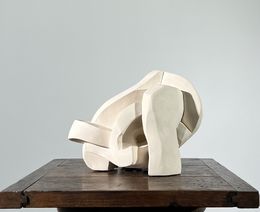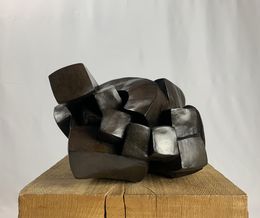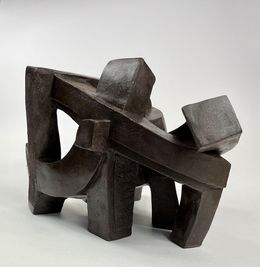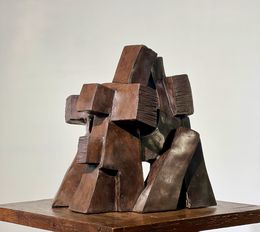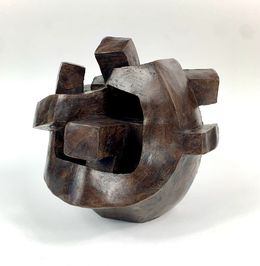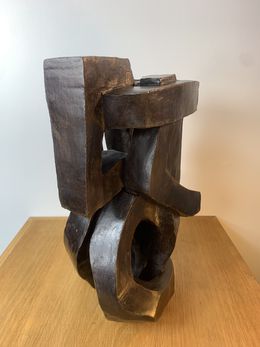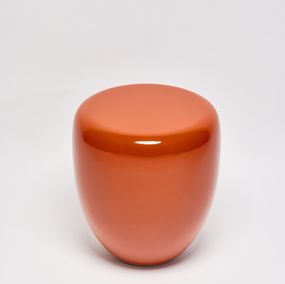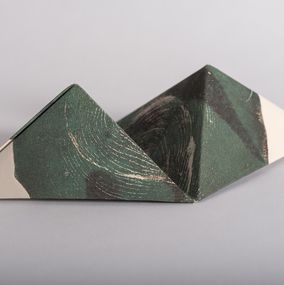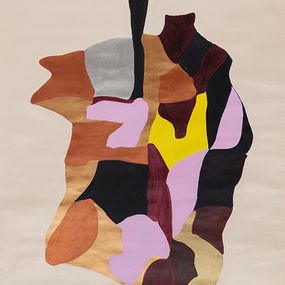
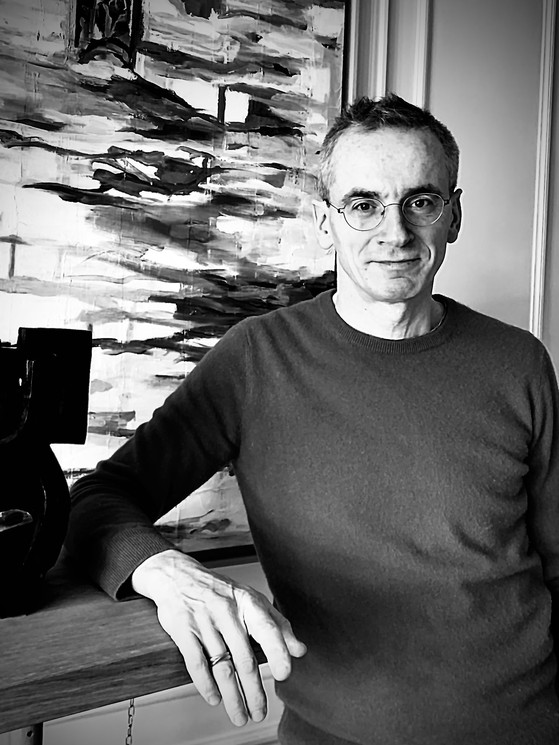
Biography
Thomas Lévy has been practicing the plastic arts since he was very young. Using great freedom in the techniques used and the subjects addressed, he structures all of his work around the fleetingness of moments in life. These snapshots build his creative universe.
At 20, when he already mastered free drawing, he studied at the Beaux-Arts de la Ville de Paris in Montparnasse. There are five years left. This is where he perfected his work on the color and structure of his compositions. There he practiced academic drawing and then painting from a live model. The transition from charcoal to acrylic, from the antiques of the Louvre to the imperfect bodies of the models in the workshop allow him to develop his own codes. He acquires a personal palette and a graphic identity that he continues to enrich.
After acrylic, he seizes, in his Parisian studio, oil painting. This new medium allows him to deepen his treatment of color and transparencies. Little by little, he alternates the figurative and the abstract. It is marked by masters discovered over the years such as Bram van Velde, Joan Mitchel or photographer Rudy Burckhardt. He still draws inspiration from his extensive travels throughout Europe and New York. He approaches digital drawing at the beginning of the century. The medium used is initially "primitive", the pixelated line and the primary colors. He is playing it.
This new tool allows him to practice his passion during his travels and to be inspired by his environment. He finds there a new form of expression which completes his tools without ever supplanting oil, his reference. Thomas Lévy has always had the ambition to put sculpture at the service of his creativity. This is what he does today in the Beaux Arts workshops of the City of Paris and in his Paris studio. We find there the tension of the curves, the naturalness of the forms, of the volumes which seem to respond to each other.
The graphic design of his paintings finds a new dimension in his sculptures. The monochrome of the object gives way to the play of volumes and shadows, a logical translation of its universe. Coming to sculpture is for Thomas Lévy a new stage in his artistic career, like a journey that began almost forty years ago. It's a question of maturity, of letting go too. All of this no doubt explains why Thomas Lévy approaches sculpture as obvious today. He is now represented by the 1831 Art Gallery.





